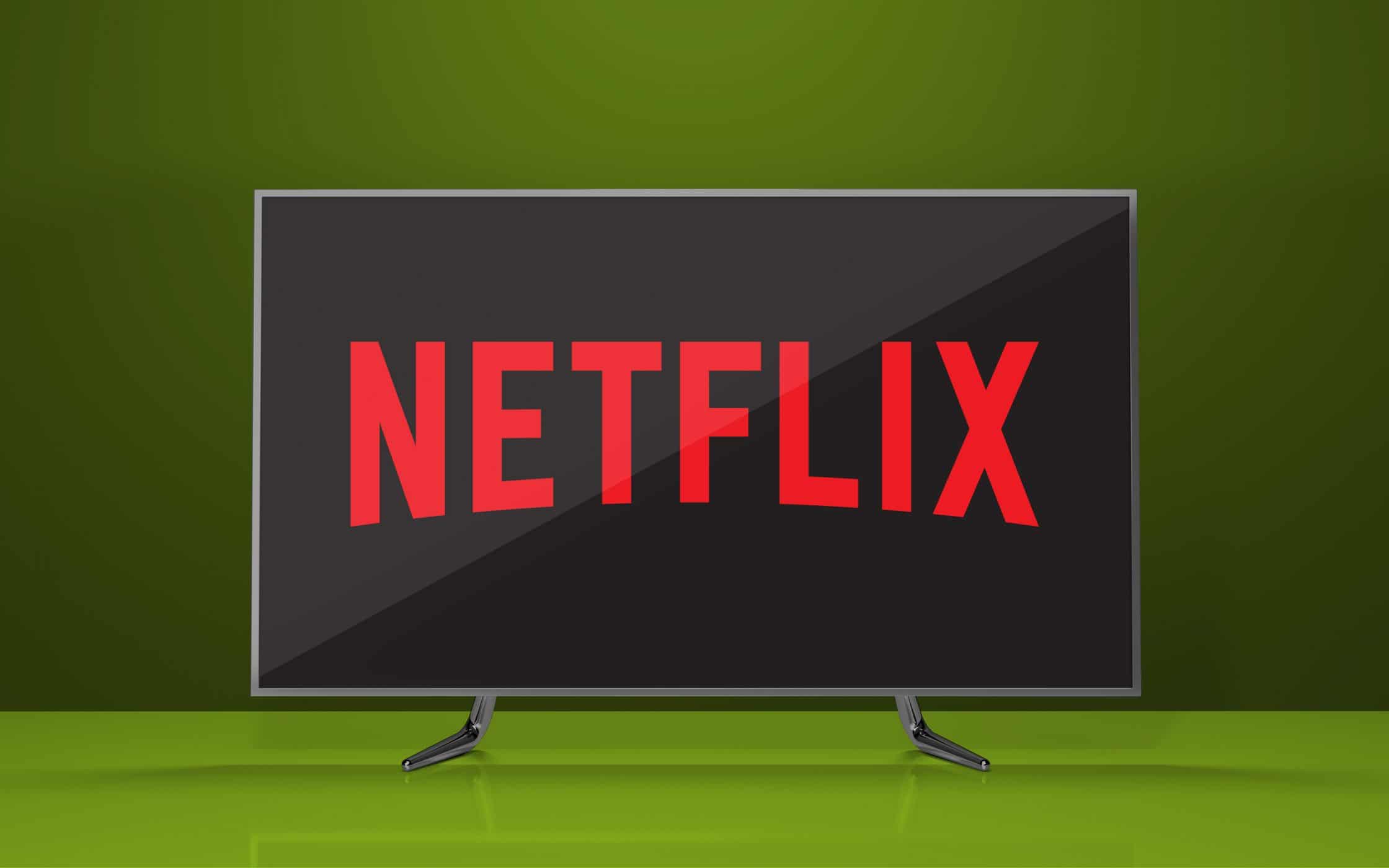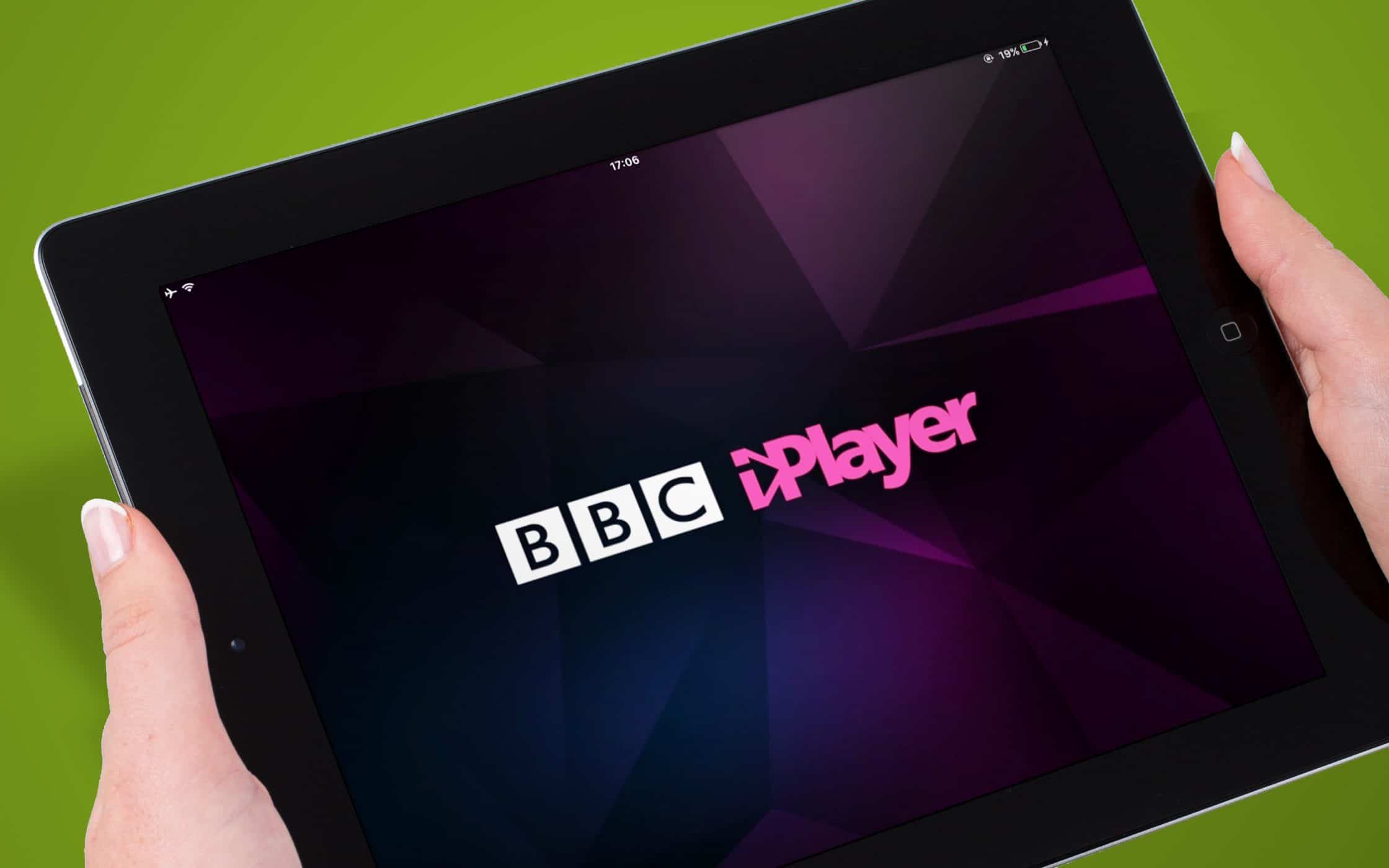If You're Not Told Otherwise, Who Is Your Audience When You Are Writing?
There's a common saying in the world of digital marketing that goes a little something like this: "If you try to sell to everyone, then you'll end up selling to no-one."
Being successful online is all about cultivating as many new customers as possible. With that fact in mind, it's no wonder that many organisations assume that they should try to share their message with as many different people as possible. After all, the wider your reach, the more potential customers you can get, right? Well…maybe not.
In the modern, digital world of the day, we're constantly bombarded with huge amounts of information. In fact, users on WordPress are producing about 82.6 million new posts a month. If you're not out there speaking to a specific group of people, there's a good chance your message will end up drowning in that sea of unfocused noise.
The good news?
Targeting a specific market doesn't mean that you must exclude people who don't meet with your specific criteria. Instead, targeted marketing allows you to focus your message on the right market – and the people who are most likely to buy from you. With a target audience definition to work with, you can spend less on customer acquisition costs, and earn more by reaching the most valuable leads in your network.
Learning how to identify target audience personas ensures that you can take your brand to market in the most cost-effective and efficient way. So, how do you get started?

What is a target audience, and why do you need one?
Before you can start listing your target audience demographics or browsing through the types of target audience, you need to understand why you're segmenting your list of would-be traffic in the first place. A target audience profile is simply a specific group of customers most likely to respond positively to your promotions, products, and services.
Often, your target audience analysis will be based on specific factors like location, age, income, and so on. For instance, if you're a makeup company, there's a good chance you'll want to appeal to women who can afford your products and live in an area you can ship to.
So, why is a target audience important? The simple answer to that question is that the channels, language, and information you use to connect with your audience might not be as effective with one demographic as it is with another. Finding your target audience definition will help you to create a tone of voice that really speaks to your customer.
Essentially, a target audience analysis gives you direction for your marketing and ensures more consistency in your messaging, so you can build stronger relationships with customers. After all, if you know:
- …What kind of people you're talking to, you'll know how to speak to them, where to find them, and what they want from your brand.
- …How those people talk, you'll be able to adapt your keywords and SEO strategies to rank for the right words and phrases.
- …What your customers want, you'll be able to adapt your value proposition so that your brand is relevant to a specific need or problem.
- …How they compare and choose products, you can adjust your marketing campaigns to make your offering seem the most compelling.
Ultimately, designing a target audience profile is all about establishing relevancy. If what you offer and the products you present match what your audience is looking for, you'll be more likely to gain a customer. If your customer you're looking for is just "everybody", you're making it very hard for yourself to resonate with anyone on a deeper level. Remember, the more you connect with someone, the more likely that someone is to become an advocate and loyal customer of your brand.

Target audience analysis: The types of target audience
By this point, you know the over-arching target audience definition: A group of people to whom you want to sell something.
Now, you need to figure out who your target audience is, by looking at the characteristics you can use to separate one customer from another. Ultimately, the best thing you can do is create a user persona that helps you to really refine your audience. However, at first, you can start by looking at different target audience demographics to define some of the most important factors you need to know about your would-be customers.
Some of the types of target audience you can look at include:
An age-based target audience profile:
People of different ages act in different ways. Interestingly, the person most likely to use your product won't always be the person you target. For instance, if you're conducting a target audience analysis for a baby, then your target audience is more likely to be parents, than newborns. When you don't have an obvious age-range for your customers, as in the case above, try and keep your target market as narrow as possible. For instance, if you sell enterprise-level software, research the most likely ages of CEOs in your industry. This will help you to design promotional strategies that appeal to the right age-range.
A geographical or "local" target audience profile:
There are very few brands that can afford to target customers from around the world. Not only is it more difficult to earn attention when your scope is that large, but you probably won't be able to deliver your services and products to people from every country anyway. Unless you offer digital services, think about how you can connect with new customers locally. How far can you afford to travel to offer services, and what's the maximum distance for shipping your products?
A personality-driven target audience profile
Personality is a critical component of effective marketing, and it's something that should show up in all your campaigns. When you're thinking about how to identify a target audience, it's always worth thinking about what's valuable to your customer, and what isn't. How do your clients spend their free time? What issues do they care about? For instance, if you decide you want to connect with a millennial audience that cares about social responsibility, you might invest more into showing off your ethical side.
Considering your target audience demographics
There are countless different types of target audience out there. In fact, the market for any single brand is likely to be unique to that company. After all, every company has a different set of values, a different purpose, and a one-of-a-kind strategy for sales. As you begin to discover the answer to the question: "Why is a target audience important?" you'll learn that you often have to combine numerous characteristics to get an effective user persona. Aside from the things mentioned above, remember to look at:
- Income or job title.
- Family or relationship status.
- Needs and aspirations.
- Problems and concerns.
- Which social media websites they use.
- Language.
- Favourite websites.
- Buying motivation.
- Gender.
- Buying concerns.

Designing your target audience profile:
At first, a target audience analysis can seem like an easy task.
When you first began your new start-up enterprise, you probably had a basic idea of who you wanted to sell to. After all, most products and services have a natural or obvious marketing sphere. However, there's more to being successful in today's competitive world, than knowing the "basics" of who you're talking to.
There are so many factors you can incorporate when you're discovering how to identify a target audience. The more you understand the wants, goals, and challenges of your customer, the easier it will be to design a company that really grabs their attention. Here's how you can start to design an effective target audience profile.
Step 1: Identify the needs and problems of your target audience
As you may already know, a "Unique Selling Proposition" or USP, is one of the main ways a company can differentiate itself in any industry. To choose a great USP, you need to put yourself in the shoes of a specific customer. Identifying the needs, expectations, and problems of your target audience not only helps you to understand them better, but it also ensures that you're creating a product or service that's going to have a real impact on the marketplace.
Think about what problems your target customer suffers from in their day-to-day life, and how your product solves those issues for them.
Step 2: Profile existing customers
If you're struggling to get to know your target audience, then the easiest way to get an insider's look, is to examine your existing clients. Even if you only have a couple of customers right now, it's worth speaking to them and finding out what they have in common. Loyal repeat customers can help you to understand what kind of people you should be targeting with your brand and products.
Ask for feedback from your clients when they purchase a product, and keep track of what they say, or consider inviting your clients to fill out a form or survey in exchange for a gift, discount, or freebie. Reviews aren't just informative, they're also a great way to start building your word of mouth marketing campaign.
Step 3: Check out the competition
One of the most common ways that companies discover details about their target audience, is by looking at their competition. Scrolling through business websites, checking out social media feeds, and even using online social listening tools can help with your target audience profile.
Get a feel for who your competitors are targeting and ask yourself whether the demographic they're looking at also fits with your business. Remember, while you're analysing your competitors, you should also be looking for ways to fill the gaps that they've missed with their marketing campaigns. This could be a great way to boost your sales potential and set yourself apart from the crowd.
Step 4: Start to build a community
It's not enough to know your target audience profile. If you really want to connect with a profitable market segment, then you also need to immerse yourself in the environment you're working in. Consider hosting events that you can attend to interact with your preferred clients, and familiarise yourself with the way that they speak, and act.
Social media is another way to start building a community to inform your target audience profile. As you start to develop followers for your brand, you can host polls and competitions that allow you to learn about your clients. You'll also be able to interact with your customers, so you can start to develop those deep brand relationships we spoke about above.

How to identify a target audience: Tips for success
Finding your unique target audience definition isn't easy.
Your target audience analysis needs to be in-depth and focused if it's going to have an impact on your bottom line. That means that you can't just decide that you're going to market to mothers in London. You need to decide that you're going to market to working mothers, between the age of 30 and 50, in London, with children under the age of 5. See the difference?
The more precise you can be, the more effective your inbound marketing efforts will become. With that in mind, here are a few tips to make sure you're building the most profitable target audience profile.
1. Choose a target audience you can relate to
While you don't necessarily need to be best friends with your audience to convince them to buy from you, it makes sense to choose a crowd that you feel like a natural part of. Selecting an audience whose intentions and goals resonate with your own will make it easier for you to create emotional, compelling content and marketing campaigns based on brand affinity.
The good news is, if you're running a business that you're passionate about, the audience for your product or service should naturally be people you feel connected with.
2. Decide between B2B and B2C customers
One of the first questions you'll need to answer when you want to define your audience online, is whether you're connecting with "B2C" or "B2B" customers. Obviously, there are different approaches involved in the marketing plan for each of these segments.
Usually, a B2C company will use more emotional marketing campaigns, whereas a B2B brand will be more focused on showing the logical ROI of their product or service. Of course, there are occasions where the techniques of B2C and B2B advertising can overlap.
3. Design a user persona as a team
The aim of a target audience profile should be to use the information you gather to create a buyer persona or user persona. This persona will act as an avatar that you can keep on hand whenever you're making important decisions about the future of your company. For instance, when you decide you want to launch a new marketing campaign or change the name of your product, you can ask yourself whether this decision will suit your persona.
Personas include all the important target audience demographics we mentioned above, including age, gender, and location. Some organisations also find it helpful to give each of their personas a name.
4. Look at the long-term potential of each target audience
When you're looking for the ultimate target audience definition, it's easy to get caught up in the wrong things. At first, there's a good chance you'll focus mostly on trying to find customers that want to pay for your goods and services. While this is a great start, it can only take you so far.
Ultimately, you want to learn how to identify a target audience that won't just buy from you right now but continue to grow your company in the long-term. Look for audience demographics that are most likely to become repeat customers. Ask yourself how you can support your target audience in the long-term to transform them into brand ambassadors, and so on.
5. Use tools to help you
Remember, an era of digital transformation has ensured that the modern brand has plenty of tools and resources available to help them make the most out of their marketing strategy. When you're trying to build a target audience definition, make sure that you check out the data on things like Google Analytics. This Analytics platform provides in-depth details on who is visiting your website, where they're coming from, and what they like.
Take the time to find out what types of people are spending the most time on your website and social channels. This will help you to understand your customer base a little better and make sure that you're designing campaigns based on valuable data.
Examples of target audiences for famous brands
Now that you have a good idea of why a target audience is important, and how you can create one for your company, it's time for a little inspiration. There are plenty of companies in the world today who have done an excellent job at discovering "who" they're talking to.
For instance, if you've ever seen an advertising campaign and felt like the brand behind it totally gets what you're looking for – then you'll know how valuable a target audience definition can be. Here are just 3 example target audience insights to help you understand how modern companies use these definitions.
1. Nike target audience
Since it began in 1964, Nike has quickly emerged as one of the most valuable and recognisable brands in the athletic marketplace. The company is instantly recognisable thanks to its iconic logo and its innovative products, but according to CEO Mark Parker – everything the organisation does, starts with a focus on their target audience.
The company doesn't just focus on the obvious market of athletes – it also looks at under-served areas of the athletic community, like women, and youngsters. For instance, Serena Williams recently starred in a new advertisement for Nike called "Until We All Win". The ad is all about encouraging and supporting women who don't always get their chance in the athletic world.
By looking beyond the obvious markets to focus on inclusivity for people who aren't traditionally defined as "athletes" Nike has tapped into a powerful target audience.
2. Netflix target audience
Within a decade, Netflix has grown from a standard video service to a streaming company that reaches around 93 million people around the world. It's hard to believe that when the company launched in the late 1990s, it was just distributing DVDs in the post.
By analysing its competitors and keeping track of the marketplace, Netflix realised early that they had to do something different if they wanted to stay in profit – unlike competitors like Blockbuster. That's why they decided to use compression technology to start streaming content, instead of sending it in the mail. They appealed to a target audience of trendsetters and people who wanted a unique, different experience.

Today, they're still focusing on ways to connect with an audience of people who want exclusive experiences and convenience. For instance, during the 2017 Super Bowl, the company revealed a surprise announcement about a new Cloverfield movie and told users it would be available to stream right after the game ended.
3. BBC target audience
Finally, the BBC might not be the most innovative company in the world, but it's still an organisation that needs to take its target audience definition very seriously. In fact, the BBC cares so much about what its target audience wants, that it's even launched something called the "BBC Trust". This group works out what customers want by listening to the views of users, commissioning independent studies, and evaluating viewer statistics.

The BBC knows that if it wants to understand its target market, it needs to constantly gather more information about what they want and need from a television and media service. The more research they do, the more valuable the BBC becomes – particularly in a time when they're competing with streaming services like Netflix.
Is it me you're looking for? Why a target audience is important
Learning how to define your target audience and creating a user profile is now considered to be the only effective way for a brand to survive in the current marketplace. In a world where your customers expect personalised and unique experiences from their favourite companies, you can't afford to take a global and generalised approach to your marketing efforts.
According to some studies, around four in every five marketers consider "understanding of consumer data" to be one of the most important considerations they must think about today. It takes an in-depth knowledge of the wants, needs, and expectations of your clients to create a brand, product, and service that survives this competitive world.
Today's users are no longer passive viewers, they actively engage with media in multiple different ways, and decide when, how, and why they're exposed to advertising. A target audience is how you make sure your words are reaching the right customers.
If you enjoyed this article, you might enjoy these too:
— Indispensable ideas for cultivating more customers
— Persuasive promotional strategies to power your brand
— How to create your own brand advocacy programme
— Developing dialogue through better communications
If You're Not Told Otherwise, Who Is Your Audience When You Are Writing?
Source: https://fabrikbrands.com/target-audience-definition/
Posted by: weeksmeren1965.blogspot.com

0 Response to "If You're Not Told Otherwise, Who Is Your Audience When You Are Writing?"
Post a Comment